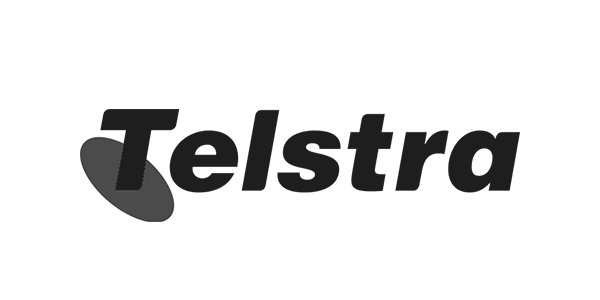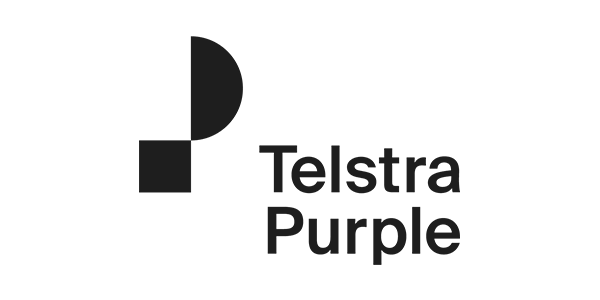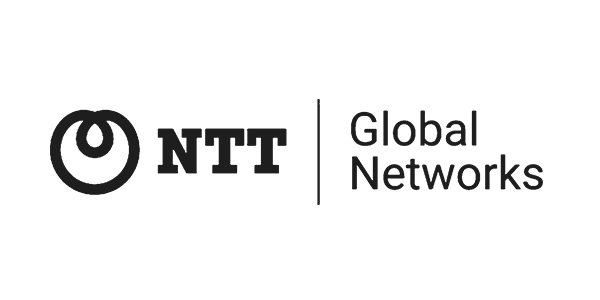Connected Korea: 4G and Mobility in Seoul
I recently attended and live-blogged from the Small Cells Asia 2013 event in Seoul, South Korea. Despite my having traveled pretty extensively in Southeast Asia, I’d never before set foot in the world’s most mature mobile telephony country. The below article was written for Alcatel-Lucent’s Wilson Street website and is based on my conversation with SangGu Jung, Wireless Business Leader for Alcatel-Lucent in Korea. 4G everywhere, including on the underground subway system. High penetration of mobile devices, particularly Korea’s domestic brands Samsung and LG. Government regulation designed to bring mobile connectivity to the country’s people wherever they want it and at competitive prices. It’s a fascinating mobile landscape.
Seoul is one of the world’s true hotbeds of technology and innovation. For a technology professional who is fascinated by the wireless and mobile sector like myself, it’s an enthralling place to be right now.
For the uninitiated, Seoul is a fast, bustling, technology-powered city, a place where people go about their daily business absolutely glued to their mobile devices – though this is perhaps not surprising when one considers that Seoul is home to Samsung, the world’s largest technology company.
In Korea we have concentrated on making it as easy as possible for people to use their mobile devices wherever they happen to be. Korea is home to not only the world’s fastest internet access speeds but also boasts the world’s largest underground subway network – complete with 4G LTE connectivity in all train carriages and stations. 4G services are now rolled out all over the country, and Korea was the first nation in the world to achieve this. Wi-Fi services are available in pretty much every café, restaurant and bar. Korea is a cutting edge country and Seoul is a truly connected city.
These are exciting times for technology in Korea at the moment, with 4G LTE deployments changing the way people do a lot of things and altering the mobile landscape once again. 4G LTE is at a more advanced stage in Korea than in any other country, and operators are increasing subscriber numbers incredibly. Since launching in July 2011, LTE in Korea has grown to 16 million subscribers in just one-and-a-half years, really quite amazing growth. In 2013 Korea’s mobile operators are expecting this figure to more than double; SK Telecom says it will almost double subscribers, KT predicts it will grow from 4 million to 8.5 million users and LG UPlus also predicts similar growth. The numbers are pretty staggering.
The mobile data explosion
Demand for 4G has been consumer-led, with Korean end-users lapping up the latest smartphones, tablets and phablets and expecting to use them no matter where they are. The demand for data has been quite huge – data usage over 4G LTE grew from around 3 petabytes in 2011 to a massive 30 petabytes in 2012. Six times growth, far outstripping data demand anywhere else in the world. Some industry figures are predicting a similar level of data growth for 2013, though I tend to think that it will not grow quite that much – perhaps up around four times 2012’s level. So still up to around 120 petabytes. The numbers are really quite something.
So what does this mean for the operators? Well, to begin with it puts them under pressure to deliver and to meet end-user expectations. Operators are taking on more and more subscribers all the time, but as more users arrive on the networks, there is a risk that they will not necessarily enjoy 4G LTE speeds. This in turn means that there is now pressure on the government to make additional spectrum available to operators.
This has however proven problematic; the Korean government planned to auction off additional RF spectrum in February 2013, but this was delayed. So although there is the end-user demand in place for more and more data, and 4G services are available throughout the country, we don’t have a clear schedule for making more bandwidth available just yet. So it could be an issue in waiting.
Government lending a hand
That said, operators have a further challenge in terms of 4G LTE – that of making its implementation and deployment profitable. In 2012 Korea’s operators spent an awful lot of money on marketing – in the third quarter of the year they spent a total of $2.2 billion, a huge amount. Throughout the course of the year their total marketing spend was a massive $7billion. So while they were using this marketing activity to generate sales, net profits fell sharply. So 2013 will be the year that Korean mobile operators really concentrate on minimizing CAPEX, reducing marketing spend and growing profits.
To help them address this the government has kicked off plans to optimize charging plans – the packages and tariffs that operators offer end-users. Back in 2010 when the iPhone launched, KT had pricing plans in place which were based solely on voice and SMS, not data. Subscribers received their bill from the operator and could see clearly how much they were spending on voice and SMS separately. Then pricing plans changed to a combined model which users did not like, and they began to put pressure on operators to give them more data for less money. It’s a tricky situation, and one which the government was forced to intervene in by attempting to optimize the three operators, telling them to reduce targets, reduce tariffs for voice and increase tariffs for data to become more profitable.
More phones, more data, more users
The overall trend in Korea’s mobile industry, since day one, has always been faster, faster, faster. ADSL launched back in the year 2000 and 4G LTE is now changing the way everybody does everything here. For Korean people, life is about being online pretty much all the time. People are just so used to using mobile data now, something that was maximized with iPhone’s launch in 2010. Following the smartphone explosion there are now around 33 million smartphones in Korea, covering about 66 per cent of the population, a figure which will rise to over 70 per cent by the end of 2013.
Hand in hand with this smartphone penetration goes the end-user demand for more and more data – but as mentioned previously, operators need to ensure that they are making money from their progressive 4G services. LG Uplus was the first Korean operator to get 4G to market, powered mainly by the fact that they did not have a WCDMA network and that they also had an average revenue per user (ARPU) of less than $20 – they needed some real momentum so they started LTE. They reached nationwide coverage first and forced SK Telecom and KT to follow suit.
The future is apps and capacity
As in the rest of the world, one of the applications which is fuelling this demand for mobile data is online video. Samsung and LG have both recently introduced mobile devices which support HD video, which of course means more and more data demand from users. Combine this with 4G availability everywhere and you have a data-hungry generation of users who want and expect to be online everywhere. And they want to access 4G LTE everywhere – Wi-Fi simply doesn’t cut it with Korean users any more.
Small Cells Asia 2013 was recently hosted in Seoul, and that is a technology which will have a big part to play in Korea’s mobile industry in the coming years. There are more computers, more devices and more users than ever, but also more interference on LTE. Korea is an industrialized country, with lots of indoor spaces and malls which are notoriously bad places for mobile reception – the macrocell signal simply cannot reach them. So there is a requirement for a technology like small cells in the Korean market, where there are many hotspots full of mobile users at peak times of day. Not far from where Small Cells Asia 2013 took place is Gangnam Station, one of the busiest transport hubs in Seoul, the perfect sort of place where small cells can enhance the capacity of the network and take the load off the macro layer. A further benefit of course is that operators can of course leverage the small cells over their LTE networks to make money – something that they cannot do with Wi-Fi!
The future of mobile as I see it in Korea is one of growth, plain and simple. Korean people are quite demanding and can be hot-tempered, so having signed up for a mobile contract we expect to be able to get coverage and capacity everywhere. Our mobile operators have raised expectation levels with 99 per cent 4G coverage across the country, and they need to ensure that they keep delivering on that. Small cells can be a powerful ally in that regard. I expect small cells to continue growing in Korea over the next few years.
– – –
This article was first published on Wilson Street: http://www.wilson-street.com/2013/04/connected-korea-4g-mobility-and-small-cells-in-seoul/

![Create the ideal white paper in eight weeks [infographic]](https://www.futuritymedia.com/wp-content/uploads/2020/02/Futurity-Whitepaper-Timeline-Graphic-v6-header.jpg)

![New to ABM? Follow these 5 steps to drive complex sales [UPDATED]](https://www.futuritymedia.com/wp-content/uploads/2023/04/shutterstock_1225782988.jpg)



















